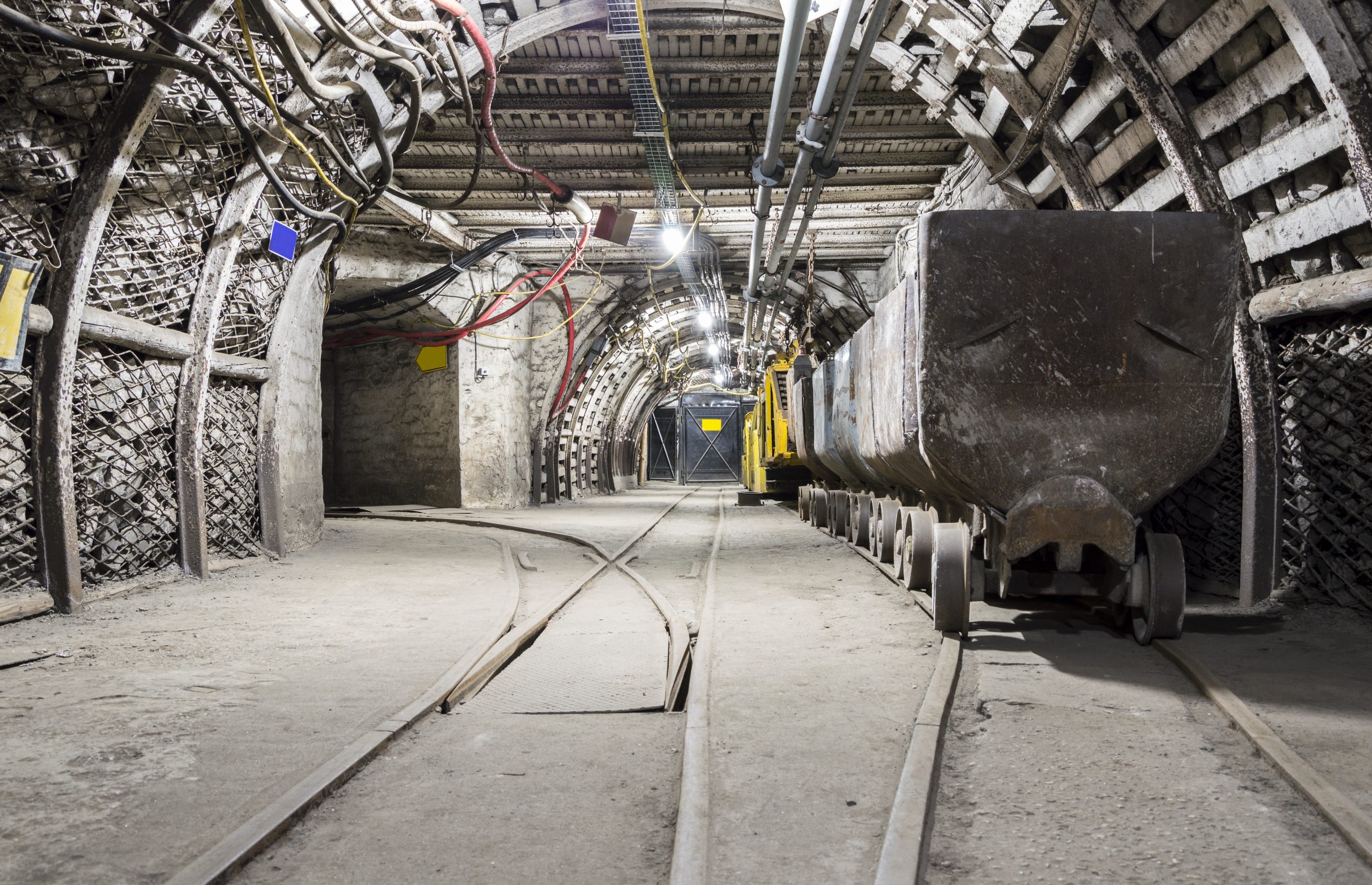- I recommend the Pixel 9 to most people looking to upgrade - especially while it's $250 off
- Google's viral research assistant just got its own app - here's how it can help you
- Sony will give you a free 55-inch 4K TV right now - but this is the last day to qualify
- I've used virtually every Linux distro, but this one has a fresh perspective
- The 7 gadgets I never travel without (and why they make such a big difference)
Mining’s Digital Imperative – Cisco Blogs

The cyclical boom and bust of mining is a familiar rhythm to industry veterans. Leveraging the opportunities that come from this cycle requires mines to be adaptable and demands a clear view of the operational realities. The digital strategies available today provide a viable solution to these requirements. They offer a clear and current view of operational realities with increased agility to make timely adjustments. As digital capabilities grow, the ability to pivot business strategies will also increase.
As digitization strategies grow, there are a few use cases that are gaining considerable momentum, in part by the COVID-19 pandemic as well as impending energy transition pressure.
Autonomous Vehicle Movement
Large mining companies typically have some autonomous and tele-remote vehicles in their fleet today. Personnel and maintenance savings justify this transition to autonomous haulage and tele-remote dozers, shovels, and loaders. In smaller mines, the transition to autonomy is not yet feasible. Overall, these technologies and their benefits are well understood in the industry. Over time, their adoption will expand to a much larger portion of the industry.
Each of the top industrial sensor companies has thousands of sensors on the market. It’s hard to imagine a measurement point that doesn’t have a corresponding sensor. With Cisco’s ability to move data from these sensors anywhere securely, it’s been easier than ever to gain visibility into current asset conditions. Visibility opens opportunities to optimize production with more precise information, reduce maintenance costs by predicting failure trends, and identify security risks before an incident occurs.
Secure Mobile Worker
Field personnel are both sources of data for safety monitoring and benefactors of digital instrumentation. First, a mobile worker’s condition and environment is central to any safety program. Clip-on sensors are available for health monitoring, gas detection, and noise profiles, all of which can identify safety program metrics. Second, equipping mobile workers with access to online processes, reporting, and operating procedures provides the business with more accurate and current data for decision making and reporting.
A Path Toward Full Remote Operations
Once a digital strategy becomes pervasive, the increased visibility and control allows tasks to be automated or moved into remote operations centers. Physical tasks and visual work can be delegated to industrial robots or drones. The need for on-site personnel becomes an exception. When this level of digitization is achieved, safety incidents truly reach the coveted zero and the agility of digital operations becomes real.
 All this new visibility is made possible by getting data from hard-to- reach locations in the field and making them available to critical decision makers anywhere. All digital systems quantify information at the source and then communicate that information to decision makers or systems for analysis. The following steps from the source through to the data consumer describe the system in more detail.
All this new visibility is made possible by getting data from hard-to- reach locations in the field and making them available to critical decision makers anywhere. All digital systems quantify information at the source and then communicate that information to decision makers or systems for analysis. The following steps from the source through to the data consumer describe the system in more detail.
The Source of Data
Thousands of industrial grade sensors are available to digitize anything your operation finds valuable. These sensors can detect vibration, temperature, flow, and many other measurements without disrupting operations and or disturbing existing control systems.
Standardize and Secure
The data format coming from sensors varies greatly and requires standardization. Doing this standardization on a network device close to the source allows for efficient streaming of data to all authorized data requests.
Move the Data
With the availability of multiple mature wireless technologies and the increasing communication capacity to very remote locations, the options for connectivity can be overwhelming. This is where Cisco and its partner community delivers significant value to guide you into the best suited communication technologies available today.
Leverage the Data for Value
There are so many ways to leverage these new data streams. Operators may have a dashboard of KPIs and a big data analytics engine accessing the same data stream. Each of these upstream applications have their own data format requirements and data frequency needs. Designing effective dashboards and leveraging data for big data analytics can be complex, but there are numerous qualified industry partners available to help.
Dramatic cycles in the mining industry compel operators to become more agile and efficient. This is achieved through digital strategies. Today’s strategies increase visibility to current operational realities and tomorrow’s strategies will enable greater automation and remote control so that sites will become even safer, more productive, and responsive to future challenges.
Find out more about how Cisco helps mining operators with their digital strategies at www.cisco.com/go/mining
Share:

